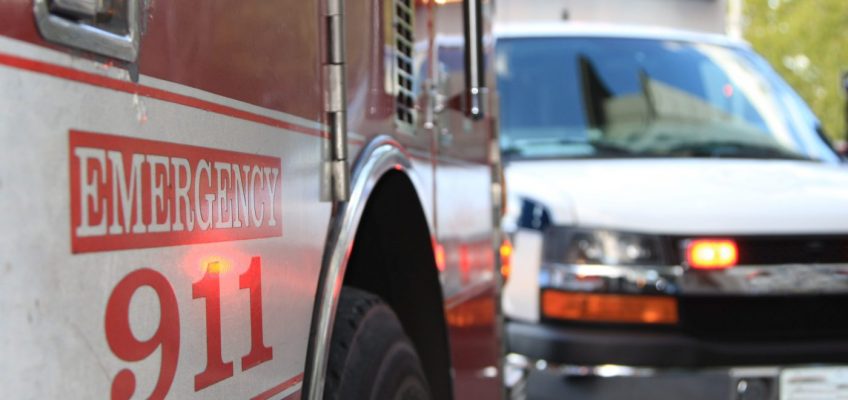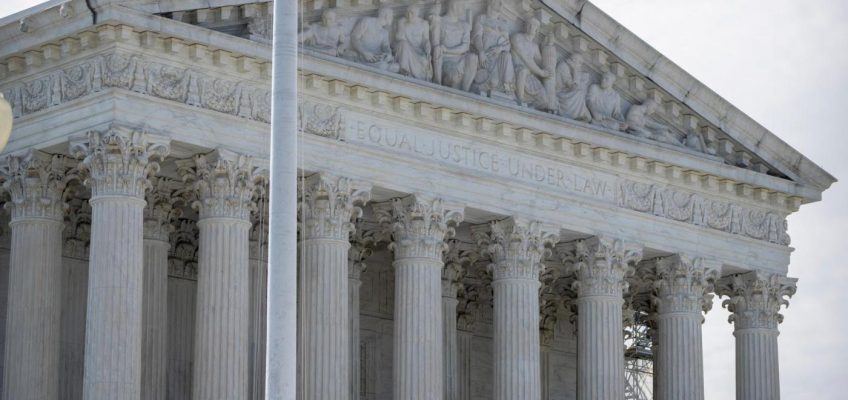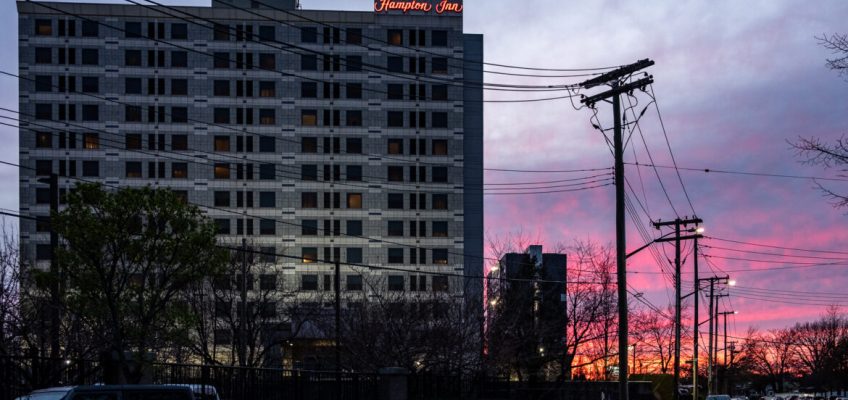City Limits rounds up the latest housing and land use-related events, public hearings and affordable housing lotteries that are ending soon.
Adi Talwar
A Hampton Inn hotel in South Ozone Park, Queens. The City Council will hold a hearing Wednesday on a bill that would require hotels to obtain a license in order to operate.
Welcome to City Limits’ NYC Housing Calendar, a weekly feature where we round up the latest housing and land use-related events and hearings, as well as upcoming affordable housing lotteries that are ending soon.
Know of an event we should include in next week’s calendar? Email us.
Upcoming Housing and Land Use-Related Events:
Tuesday, Oct. 8 at 11 a.m.: The NYC Landmarks and Preservation Commission will meet. More here.
Tuesday, Oct. 8 at 11 a.m.: The NYC Council’s Subcommittee on Landmarks, Public Sitings and Dispositions will meet on the following landmark and land use applications: Brooklyn Edison Building, 1 Wall Street Banking Room, South Jamaica Gateway Rezoning, Coney Island Phase 3, South Bushwick Neighborhood Homes, and the MHANY Multifamily Preservation Loan Program. More here.
Tuesday, Oct. 8 at 12 p.m.: The NYC Council’s Subcommittee on Zoning and Franchises will meet on rezoning applications for the 135th Street and Brooklyn Yards. More here.
Tuesday, Oct. 8 at 6 p.m.: The City’s Department of Housing, Preservation and Development will hold an online workshop for for tenants, landlords, and realtors with the NYC Commission on Human Rights focused on preventing housing discrimination. More here.
Wednesday, Oct. 9 at 10 a.m.: The NYC Council’s Committee on Consumer and Worker Protection will hold a hearing on a bill that would require hotels to obtain a license in order to operate. More here.
Wednesday, Oct. 9 at 10 a.m.: The NYC Council’s Committee on General Welfare will hold an oversight hearing on the city’s efforts to support domestic violence survivors in its shelter system. More here.
Wednesday, Oct. 9 at 11 a.m.: The NYC Council’s Committee on Land Use will meet on applications for Brooklyn Edison Building, 135th Street, 343 West 47th Street Demolition Special Permit, South Jamaica Gateway Rezoning, Coney Island Phase 3, South Bushwick Neighborhood Homes, and the MHANY Multifamily Preservation Loan Program. More here.
Wednesday, Oct. 9 at 5 p.m.: The Brooklyn Borough President’s Office will hold a public hearing on land use applications for 2185 Coyle Street, 581 Grant Avenue Development, and the 441 & 467 Prospect Avenue Rezoning (Arrow Linen Supply Company site). More here.
Wednesday, Oct. 9 at 6:30 p.m.: State Sen. James Sanders will host a town hall on the city’s buildings emissions law, Local Law 97, with a focus on resources and connections to support property owners’ with compliance. The event will take place at St. Camillus-St. Virgilius Parish Gymnasium in Rockaway Park. More here.
Thursday, Oct. 10 at 8 a.m.: The Urban Land Institute will host two expert panel discussions focused on affordable housing in New York City. More here.
Thursday, Oct. 10 at 6:30 p.m.: The Association for Neighborhood & Housing Development (ANHD) will celebrate its 50th anniversary with a celebration at the Museum of the City of New York. More here.
NYC Affordable Housing Lotteries Ending Soon: The New York City Department of Housing Preservation and Development (HPD) are closing lotteries on the following subsidized buildings over the next week.
Tiebout Residence aka 2385 Tiebout Avenue Apartments, Bronx, for households earning between $104,640 – $181,740
1634 aka 1640 Flatbush Avenue Apartments, Brooklyn, for households earning between $31,612 – $218,010
18-15 Linden Street Apartments, Queens, for households earning between $97,029 – $218,010
30-67 31 Street Apartments, Queens, for households earning between $78,858 – $218,010
550 10th Avenue Apartments, Manhattan, for households earning between $59,280 – $209,625
The Arabella, Bronx, for households earning between $80,572 – $250,380
679 Marcy Avenue Apartments, Brooklyn, for households earning between $94,938 – $181,740




